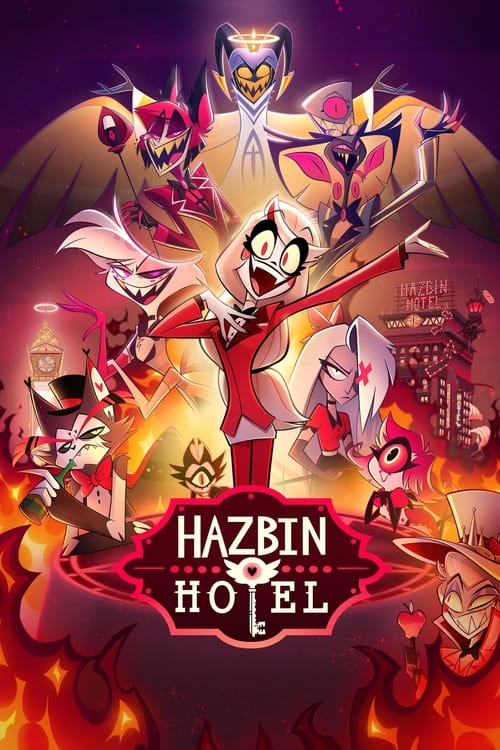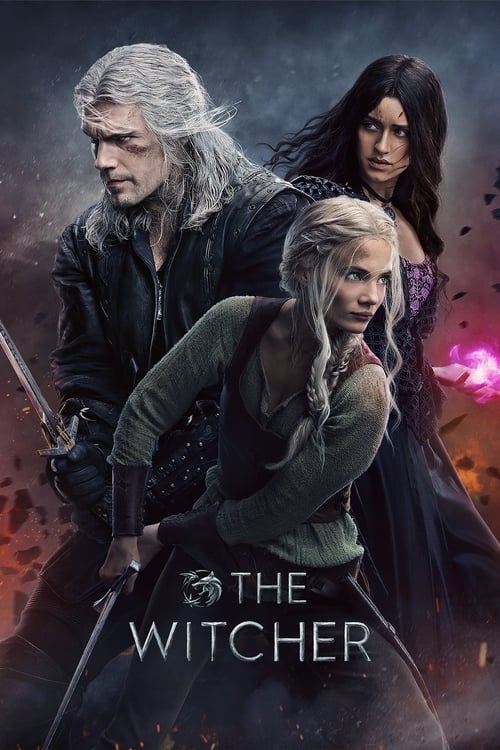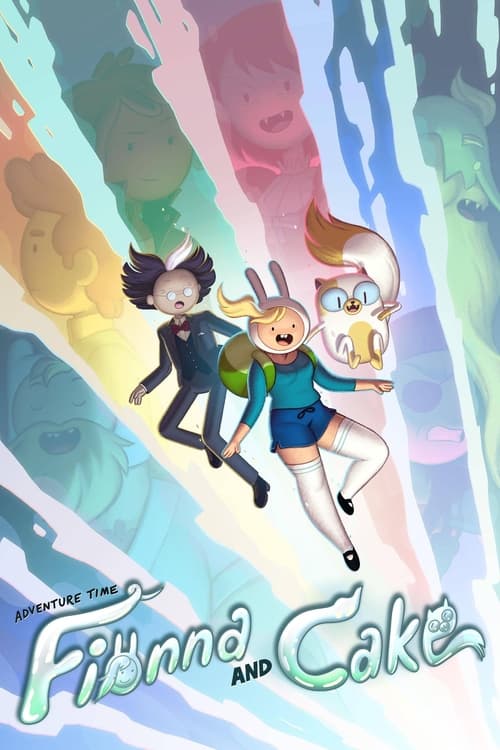
Ask Your Own Question
What is the plot?
In the first episode of "Naze soko?", we are introduced to the protagonist, a young woman named Yuki, who is struggling with her mundane life in a small town. She feels trapped in her routine and yearns for something more exciting. One day, while walking home from work, she stumbles upon a mysterious old shop that she has never noticed before. The shop is filled with odd trinkets and artifacts, and the shopkeeper, an enigmatic elderly man, seems to know more about her than he should. Intrigued, Yuki decides to explore the shop further.
As Yuki browses the items, she discovers a peculiar mirror that catches her attention. The shopkeeper warns her that the mirror has the power to reveal hidden truths, but Yuki, driven by curiosity, decides to purchase it. Upon returning home, she gazes into the mirror, and to her shock, she sees not only her reflection but also glimpses of her past and potential futures. This revelation stirs a mix of emotions within her, igniting a desire to change her life.
In the following scenes, Yuki begins to experiment with the mirror, using it to confront her insecurities and fears. She sees visions of herself succeeding in various aspects of life, such as her career and relationships. However, she also witnesses darker moments, including failures and regrets. These conflicting images create a sense of urgency within her to take action and make significant changes.
Yuki's first major decision comes when she decides to quit her unfulfilling job. She confronts her boss, expressing her dissatisfaction and desire for a more meaningful career. This confrontation is tense, as her boss tries to persuade her to stay, but Yuki stands firm, feeling empowered by her newfound clarity. After leaving the job, she feels a mix of exhilaration and fear about the unknown future ahead.
As Yuki navigates her new life, she reconnects with an old friend, Hiro, who has always had feelings for her. Their interactions are filled with nostalgia and unspoken emotions. Yuki is torn between her growing feelings for Hiro and her desire for independence. This internal conflict deepens when she sees a vision in the mirror of a potential relationship with him, which both excites and frightens her.
In a pivotal moment, Yuki attends a local festival where she encounters the shopkeeper again. He reveals more about the mirror's powers, emphasizing that while it can show possibilities, it cannot dictate her choices. This conversation prompts Yuki to reflect on her own agency and the importance of making decisions based on her desires rather than fear.
As the season progresses, Yuki faces various challenges that test her resolve. She pursues a new job opportunity that aligns with her passions, but the competitive environment proves daunting. She struggles with self-doubt, often turning to the mirror for reassurance. Each time she looks into it, she sees different outcomes based on her choices, which adds to her anxiety.
In a climactic scene, Yuki must confront a major setback when she fails to secure the job she wanted. Devastated, she returns to the shop, seeking answers from the shopkeeper. He encourages her to embrace failure as part of her journey, reminding her that the mirror reflects possibilities, not certainties. This conversation serves as a turning point for Yuki, as she begins to understand the value of resilience.
Determined to move forward, Yuki decides to take a leap of faith and start her own venture, combining her interests and skills. She faces numerous obstacles, including financial challenges and self-doubt, but she draws strength from her experiences and the support of Hiro, who stands by her side. Their relationship deepens as they navigate these challenges together, culminating in a heartfelt confession of feelings.
The season concludes with Yuki finally embracing her new path, feeling a sense of empowerment and purpose. She looks into the mirror one last time, seeing a reflection of herself that embodies confidence and determination. The shopkeeper watches from a distance, a knowing smile on his face, as Yuki steps into her future, ready to face whatever comes next.
What is the ending?
In the ending of "Naze soko?", the main characters confront their personal struggles and the consequences of their actions. The series culminates in a dramatic resolution where relationships are tested, and each character faces their own truths. Ultimately, they find a sense of closure, albeit with lingering questions about their futures.
As the final episode unfolds, the scene opens in a dimly lit room where the main characters gather for a final confrontation. Tension fills the air as they reflect on their past decisions. The protagonist, burdened by guilt and regret, stands at the center, grappling with the weight of their choices. Their internal conflict is palpable, and the audience can feel the emotional stakes rising.
In the next scene, flashbacks intersperse with the present, revealing pivotal moments that led to this gathering. Each character's backstory is briefly revisited, showcasing their motivations and the events that shaped their current circumstances. The protagonist recalls moments of joy and pain, highlighting the complexity of their relationships with the others present.
As the confrontation escalates, accusations fly, and emotions run high. The characters express their frustrations and fears, leading to a cathartic release of pent-up feelings. The protagonist, in a moment of vulnerability, admits their mistakes and seeks forgiveness. This moment is charged with raw emotion, as the other characters react with a mix of anger, understanding, and sorrow.
The climax of the episode occurs when a pivotal decision must be made. The characters must choose whether to move forward together or part ways, each carrying the weight of their unresolved issues. The protagonist takes a deep breath, contemplating the impact of their choice on the group. In a moment of clarity, they suggest a path toward healing, emphasizing the importance of honesty and connection.
As the episode draws to a close, the characters begin to reconcile. They share heartfelt apologies and reaffirm their bonds, albeit with the understanding that the road ahead will be challenging. The final scene captures them walking away from the confrontation, united yet changed, as they step into an uncertain future.
In the aftermath, the fate of each main character is revealed. The protagonist, having faced their demons, embarks on a journey of self-discovery, determined to make amends. Another character, who had been struggling with their own issues, finds a renewed sense of purpose and decides to pursue their dreams. The remaining characters, while still grappling with their past, choose to support one another, indicating a commitment to growth and healing.
The series concludes with a sense of hope, leaving the audience with the understanding that while the characters have faced significant challenges, they are now equipped to navigate their futures with newfound strength and resilience.
Is there a post-credit scene?
In "Naze soko?", Season 1, there is no post-credit scene. The episodes conclude without any additional content after the credits roll. Each episode wraps up its narrative arc, focusing on the central themes and character developments without extending into a post-credit sequence. The show maintains a consistent tone throughout, emphasizing the emotional journeys of the characters and the mysteries they encounter, but does not include any teaser or additional scenes after the credits.
What role does the setting play in shaping the characters' experiences?
The setting serves as a crucial backdrop that influences the characters' experiences and decisions. Each location is imbued with emotional significance, reflecting the characters' internal states and the challenges they face, from bustling urban environments to quiet, introspective spaces.
What motivates the main character's journey throughout the season?
The main character, driven by a deep sense of curiosity and a desire for self-discovery, embarks on a journey that intertwines personal growth with the exploration of complex relationships. Their internal struggle is marked by moments of doubt and determination, as they seek to understand their place in the world.
How do the relationships between the characters evolve over the course of the season?
Throughout the season, the relationships between characters shift dramatically, often reflecting their individual growth and the challenges they face. Initial friendships are tested by misunderstandings and conflicts, leading to moments of reconciliation that deepen their bonds, showcasing the emotional stakes involved.
What are the key conflicts that arise between the characters?
Key conflicts arise from differing motivations and misunderstandings, often leading to intense confrontations. These conflicts reveal the characters' vulnerabilities and fears, pushing them to confront their own insecurities and ultimately leading to pivotal moments of character development.
How does the main character's perspective change from the beginning to the end of the season?
The main character's perspective undergoes a significant transformation, shifting from a naive outlook to a more nuanced understanding of the complexities of life and relationships. This change is marked by key experiences that challenge their beliefs and force them to confront uncomfortable truths about themselves and others.
Is this family friendly?
"Naze soko?" is a Japanese television show that explores various social issues and human experiences through a unique narrative style. While the show is generally suitable for a wide audience, there are some elements that may be considered objectionable or upsetting for children or sensitive viewers.
-
Emotional Themes: The show delves into complex emotional situations, including themes of loss, betrayal, and personal struggle, which may be difficult for younger viewers to process.
-
Conflict and Tension: There are scenes that depict interpersonal conflicts, which can create a sense of tension and discomfort. These moments may involve arguments or confrontations that could be upsetting.
-
Social Issues: The series addresses various societal problems, such as poverty, discrimination, and mental health, which may be heavy topics for children or sensitive individuals.
-
Mature Language: Some dialogue may include strong language or expressions that are not suitable for younger audiences.
-
Visual Depictions: Certain scenes may include visual representations of distressing situations or environments that could be unsettling.
Overall, while "Naze soko?" offers valuable insights and storytelling, it contains elements that may require parental guidance for younger viewers.












